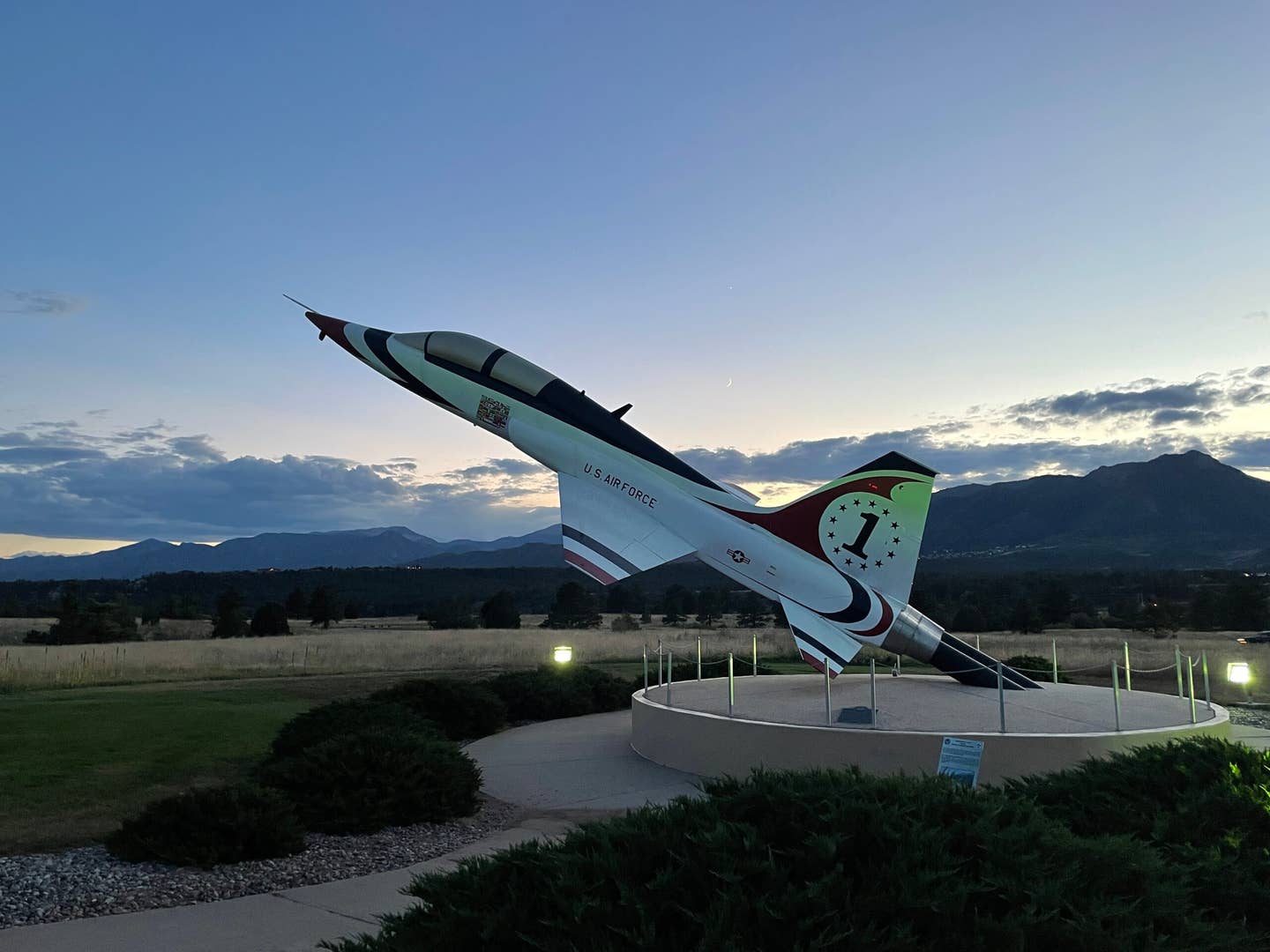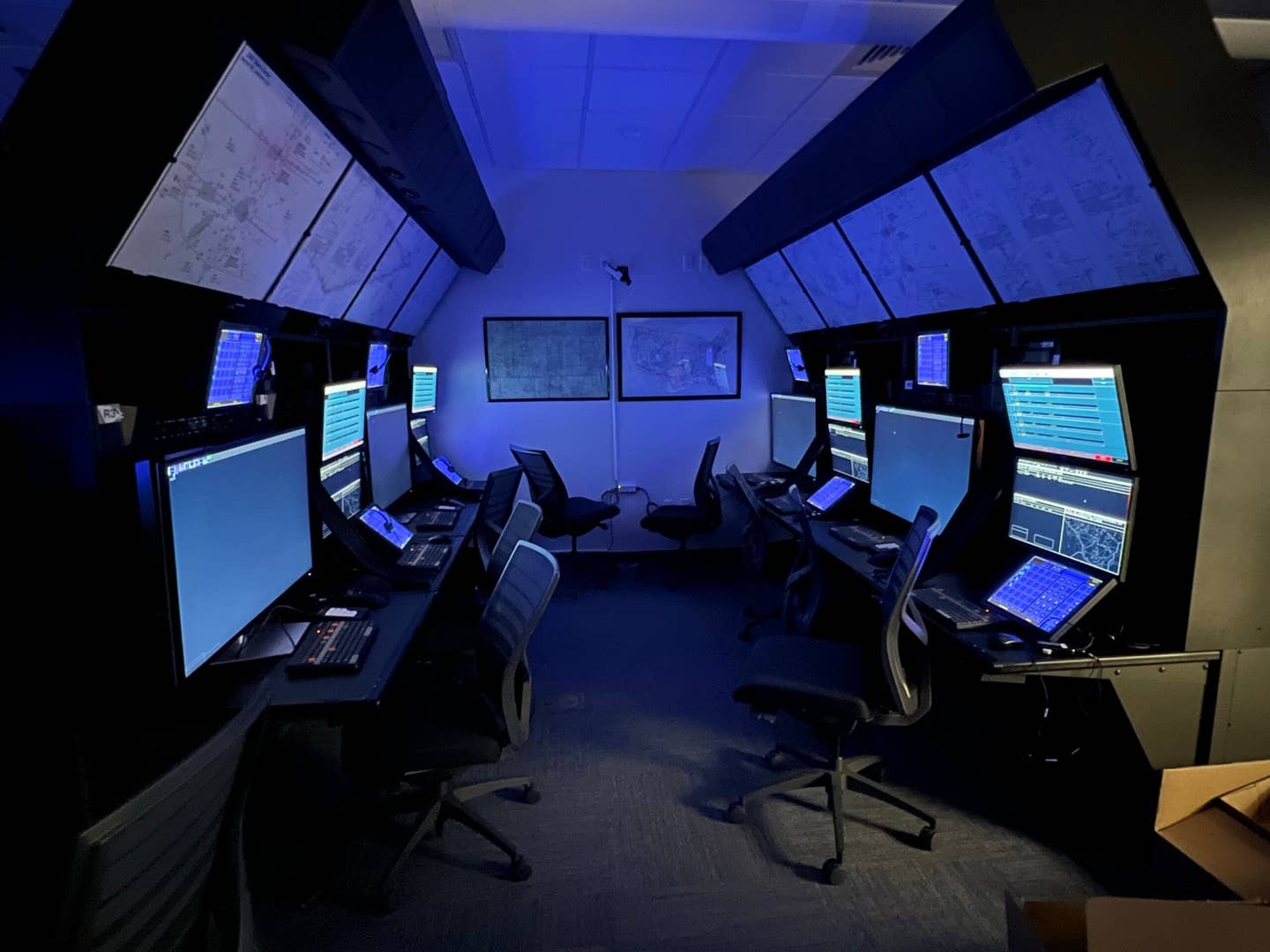The ‘Mags’ Preflight
Approach each preflight inspection with methodical attention to detail, not taking the tiniest bits for granted.

The Air Force Academy’s initial pilot training programs made a good foundational impact on ‘Mags.’
Lt. Col. (Ret.) Terry “Mags” Slawinski graduated from the U.S. Air Force Academy in 1972. He went from the F-4 to the F-16, and he served as an instructor in his squadron before joining the U.S. Air Force’s legendary Fighter Weapons School, where he also taught in the F-16.
I first met Mags not long after I’d obtained my Formation and Safety Team Wing Pilot qualification, back in 2001. I quickly learned about this modest pilot’s precision and consummate skill from flying alongside him—he wore his silver wings with pride, but with a certain lightness of heart.
From Mags, I soaked up so much—but most of all, the value of focused, methodical attention to those elements of flight that take place on the ground. Among our formation-flying friends, his extended preflight briefings were legendary—only to be outdone by the detailed discussions he’d lead once the sortie ended. An hour would pass after the chocks went in, and at times members of the flight would be gazing longingly at the beer fridge waiting for his final wrap up.
The time spent made sense in the context of the formation mission, which is the most objectively hazardous type of flying most civilians will do.
In his everyday aviating, however, when we were just flying along as a gaggle of friends out for lunch, Mags would still take at least 45 minutes to preflight his airplane—at the time, a pristine Yak 52TW built in Bacāu, Romania, by Aerostar.
Mags owned that steed for years, but he approached the airplane every time with fresh eyes. We said goodbye to Mags in September 2022, after losing him to cancer, with a memorial at the Air Force Academy joined by his classmates celebrating their 50th reunion.
I witnessed the same attention to detail from William Kershner, former Piper Aircraft test pilot and author of a series of well-loved flight training manuals. In his later years, he taught spin training exclusively, based at the Sewanee, Tennessee, airport (KUOS), using one of his two nearly matching Cessna 152 Aerobats, named Wilbur and Orville. He counseled me during our first walkaround together on the importance of a conscientious preflight inspection.
We took our time—though he had literally thousands of hours spinning the very airplane we circumambulated that morning. You could never know what any given preflight might present to you.
I also saw the same focus and regard for the details when I met up with Roger Sharp, fixed-wing and rotorcraft instructor and examiner in Texas, to fly the Beech 18 for the story, “Warbirds You Can Fly: Beech 18.” After introducing me to the airplane with an oil funnel and orange latex gloves, we adjourned to the hangar office for the preflight briefing.
He pulled out two pages of notes written in longhand, which he proceeded to go through line by line, to ensure he’d covered all of the most critical topics relevant to our flight. Once the brief was complete, he presented me with those notes–some of which I share with you in the story. He’s given thousands of hours of dual, and he comes to the lesson with a plan.
When I prepared for my first solo flight earlier this year in the SOCATA TB-30 Epsilon I’ve been flying, I slowed down, and I channeled these three pilot emeriti. I walked up to the Ep with a beginner’s mind, taking the time to communicate with the airplane and myself—and appreciate every step.
We approach each issue of FLYING in a similar way, with methodical attention to detail, not taking the tiniest bits for granted. From the classic Beech 18 to the grace and power of the Praetor 500 to the honest value of the Piper Tomahawk—each aircraft we feature with a fresh eye.
We have felt rewarded by your enthusiastic response to the issues we have created thus far in 2022. We hope you find the same level of care in these pages as we share an exciting new fleet of stories with you.

Sign-up for newsletters & special offers!
Get the latest FLYING stories & special offers delivered directly to your inbox






